Sometimes what customers want is not always what customers get. Take “Scout” for example, a little piece of Microsoft Research ingenuity that really helps users with the new Office 2007 “Fluent” interface. As religious as I am about the Ribbon and contextual interface, I suffer just as much knowing a feature exists somewhere in the application that I just can’t find in the Ribbon. I mean how do I know what context it’s in? And I’m almost certain I’m not the only one suffering.

Developed and distributed internally at Microsoft as a proof-of-concept, “Scout” solves the problem by offering a simple and straight-forwarding search solution. You basically type the command you are thinking of, and you’ll be presented a list of matching command buttons. And unlike commands in the Ribbon which are only a select few picked by someone else who thought might be relevant, this search goes deep into the application to find anything and everything.
Even though it was highly favored by Microsoft employees, Scout was never released to the public. Chris Capossela, corporate VP for Microsoft’s business division argued Scout was “superfluous and potentially confusing”. No. The only thing superfluous are the features I can’t find.
Of course, who needs overconfident Microsoft vice presidents when you have software developers like Jeff Scanlon. He wrote to me this week about a little something he’s been working on only recently because he came across my posts about Scout. I’ll let my quick 1:30min screencast demo do the talking.
[flv:searchcommands.flv 670 372]
No question this add-in needs quite a bit of tweaking and polishing before it’s widely available, but this is an inspiring start. As you saw, I could edit and publish an entire document with only “Search Commands”. Although that’s not the purpose of this add-in, it certainly shows it’s capable. Together with keyboard shortcuts in future versions, you’ll have access to every feature in Office without even touching the mouse.
Currently only available to Word 2007 as a COM add-in, Jeff plans to work on it more as well as develop the add-in for Excel as well. He also promises to keep it free. Keep an eye or both eyes out on his blog to get it when its available “soon”.
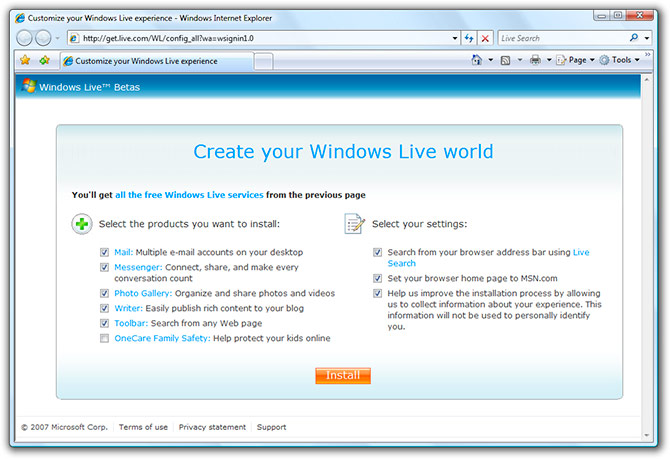
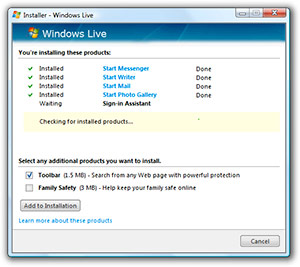 After pressing “Install”, you’re asked to download the installer’s executable. At this point, I started wondering if this executable was somehow dynamically generated or prepackaged to install only the things I selected, nevertheless I hyper-clicked all the next buttons until it eventually started installing. Not surprisingly, it only downloaded and installed the applications I chose. Whatever it did, it worked.
After pressing “Install”, you’re asked to download the installer’s executable. At this point, I started wondering if this executable was somehow dynamically generated or prepackaged to install only the things I selected, nevertheless I hyper-clicked all the next buttons until it eventually started installing. Not surprisingly, it only downloaded and installed the applications I chose. Whatever it did, it worked.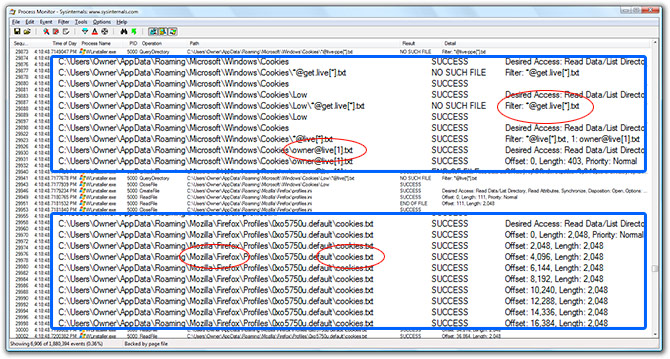
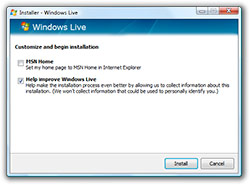 Someone suggested to me this is not new and in fact
Someone suggested to me this is not new and in fact 
 I’ve never been a big fan of computer books because if it’s in a book, it’s probably on the interweb. But relying on this ‘internet’ might not be as reliable as
I’ve never been a big fan of computer books because if it’s in a book, it’s probably on the interweb. But relying on this ‘internet’ might not be as reliable as 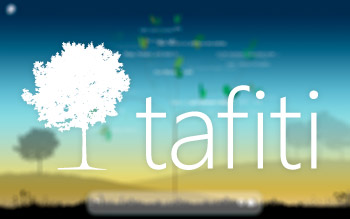 From
From 